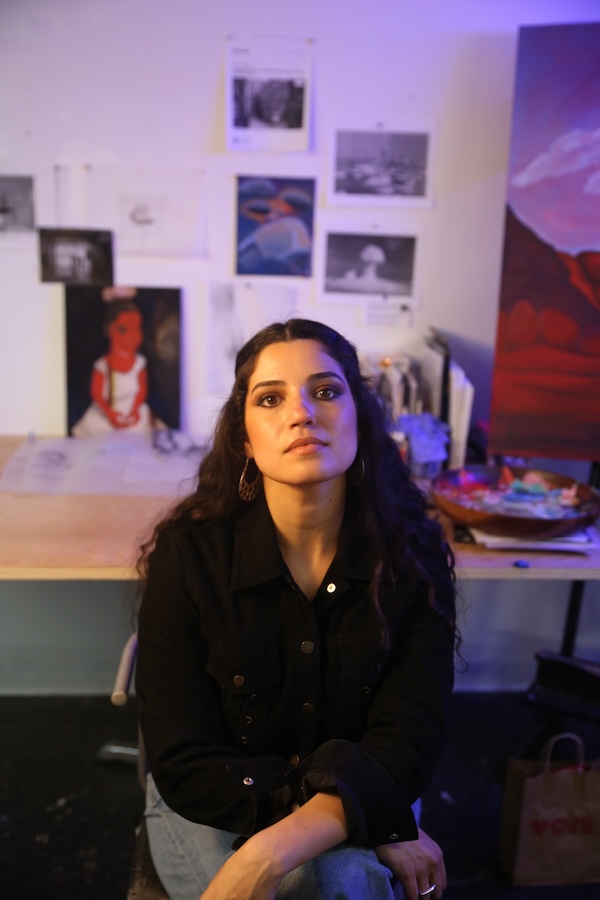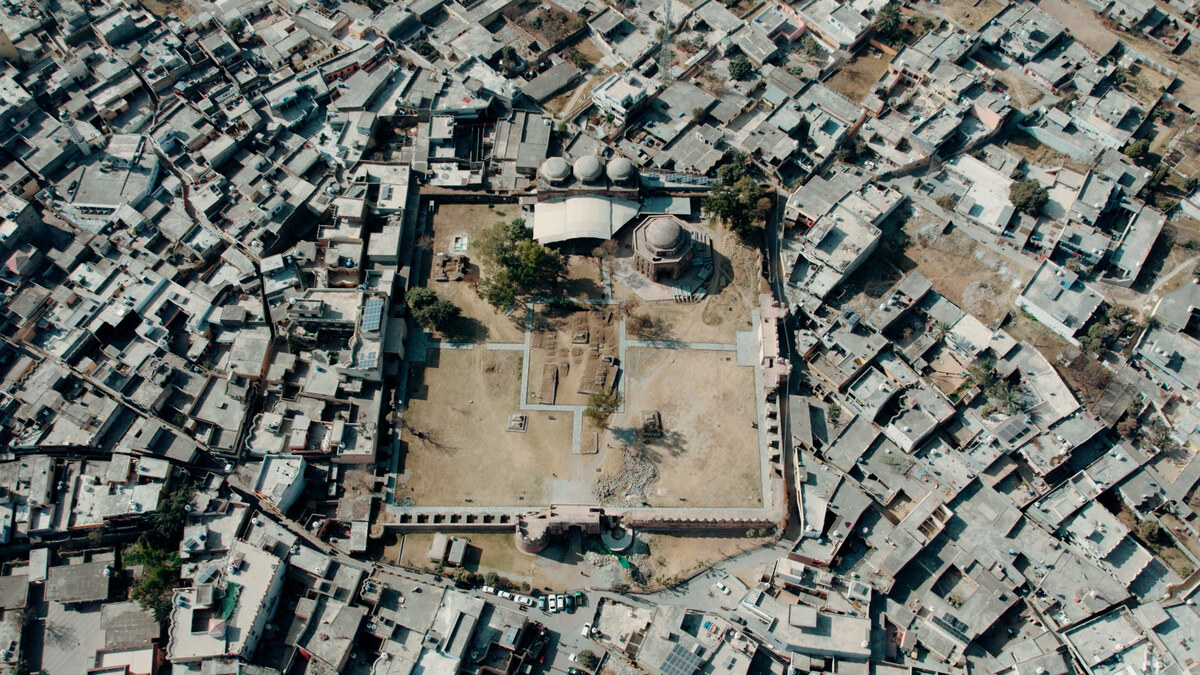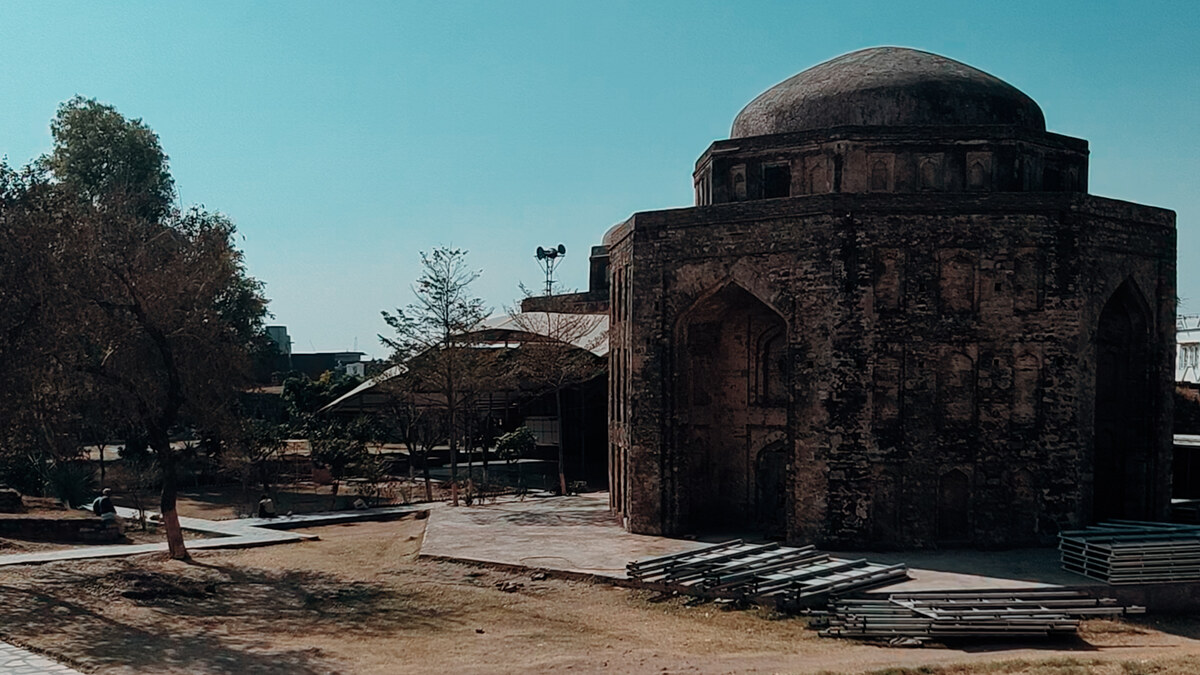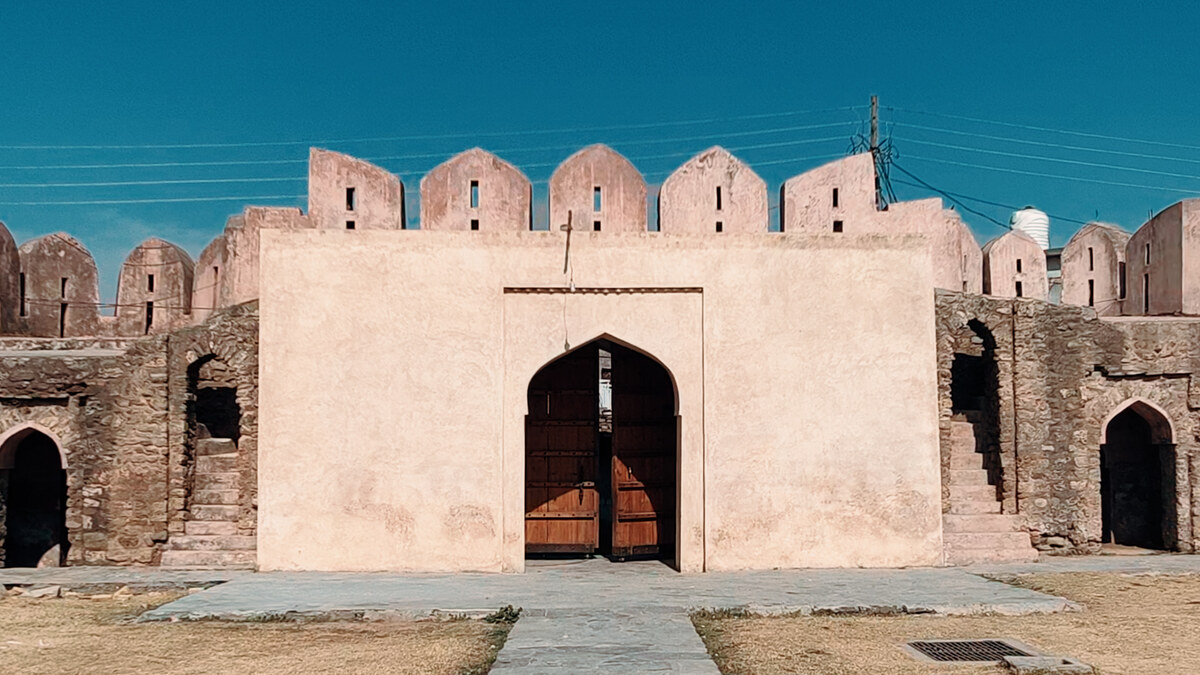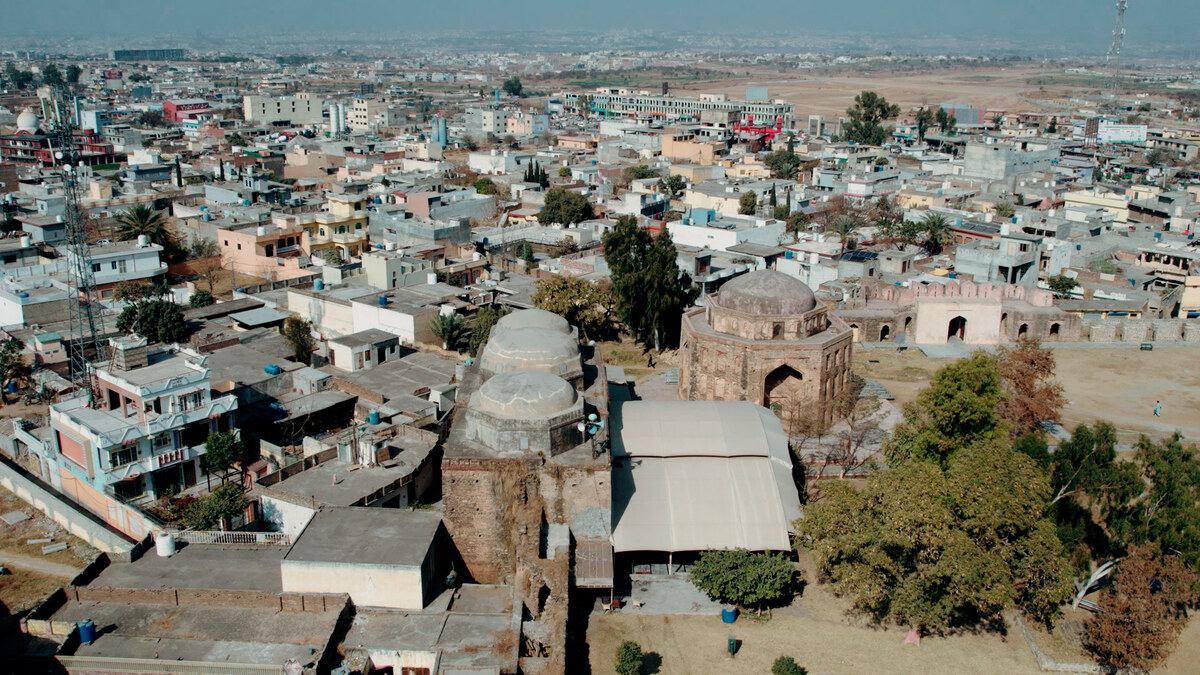LONDON: Ayman Al-Zubaidi — the acclaimed chef behind Hijazi Corner, London’s first Saudi Arabian restaurant — has cooked for dignitaries, diplomats, celebrities and even the Kingdom’s royal family. But his most discerning critics were waiting for him much closer to home.
In 2021, after several years living in London, Al-Zubaidi came home to Jeddah. But instead of the football shirt his family had pictured him wearing after his UK studies in sports science, he returned in chef whites. It was a transformation that no one saw coming — least of all him.
Growing up in Jeddah’s Al-Sabeel district with his sister and three brothers, Al-Zubaidi could barely boil his own water. The kitchen was strictly his mother’s territory, and his late-night culinary ventures didn’t go far beyond packets of instant noodles. But now, the tables had turned, and his mother was seated as his guest.

Hijazi Corner is London’s first Saudi Arabian restaurant. (Supplied)
“When I first moved to the UK, I was clueless in the kitchen, so I called her for help,” Al-Zubaidi tells Arab News from his restaurant in London’s de facto Arab district of Edgware Road. It was her loving mentorship that laid the foundations for his culinary journey, shaping his path to becoming one of London’s most distinctive chefs.
“When any chef starts to speak about food, they talk about their mum. Her chicken kabsa is a bit oily, a bit shiny and looks amazing — even just talking about it now I become hungry,” Al-Zubaidi says. “But even if I had the same ingredients and made it the same way, hers would always taste better.”
Building on family recipes honed over decades by his ancestors in Yemen, Al Zubaidi’s Hijazi Corner is the only place in the UK capital where Saudis can find a true taste of home.
Lined with thick carpets and ornate window paneling evoking the buildings of Jeddah’s Al-Balad historical district, its menu is full of comforting favorites drawn from across the Kingdom’s western coastal region — chicken seelag, slow-roasted lamb haneeth and delicate, flaky samboosek.

Al-Zubaidi with Saudi Ambassador to the UK Prince Khalid and the latter's wife. (Supplied)
“From the richest person to the poorest person in Saudi Arabia, we eat the same food,” he says. “When we celebrate, when we grieve, when we are happy or sad, we get masoub (banana pudding) or motabbaq (thin layers of pastry stuffed with meat).”
Al-Zubaidi’s path to the kitchen was anything but conventional. As a teenager eager to learn English, he set his sights on the UK, drawn by what he called “a love for the accent,” and made the leap in 2017. After completing his language course, he switched tracks to study sports. But somewhere between lectures and life abroad, homesickness hit in the form of a craving for the familiar flavors of Arabia.
“In London, you can find plenty of Turkish, Kurdish, Indian, even Malaysian options — but nothing from Saudi,” he explains. “So I decided to make it myself.” He began recreating the comforting dishes of home in his small Clapham flat, selling them cash-in-hand to fellow Saudis in search of an authentic taste of the Kingdom.
But the secret didn’t stay a secret for long. Soon, his passion found a new platform — Snapchat.
Al-Zubaidi shared short videos of his cooking process, garnishing each clip with personal moments and mouth-watering close-ups of Saudi dishes. His humble videos quickly gained a loyal fanbase, and orders poured in from every corner of the city — particularly as COVID took hold in the early months of 2020.
“People from the Saudi embassy added me, people from Aramco working in London added me. Saudis living here, working here, growing up here — plus lots of foreign people who had been to my country and tried this food before.”
What started as a side hustle quickly evolved into a pop-up, and by 2023, into a brick-and-mortar restaurant where Londoners could finally experience the authentic flavors of Saudi Arabia.
During the pop-up stage, Al-Zubaidi’s Snapchat followers became more than fans; they became enablers of his culinary vision, bringing a piece of Saudi Arabia to his London kitchen. Whenever one of his followers planned a trip from Saudi to the UK, they’d reach out, asking if he needed any hard-to-find ingredients.
Al-Zubaidi’s requests were simple but essential — fragrant spices, fresh dill, and most importantly, the special pastry sheets that he just couldn’t source in London.
“I’d say ‘I need the real pastry for samosa.’ And they’d bring it for me,” he says.
The enthusiasm was mutual. His followers were just as eager to bring these reminders of home, knowing he’d transform them into the dishes they missed.
Yet not everyone was as supportive. As he juggled his studies and the pop-up, criticism began to surface, especially from former friends back home.
“They mocked me,” he recalls. “They’d say things like, ‘You went to the UK to study, and now you’re just selling food?’”
Influencers he approached for social-media support brushed him off with dismissive remarks. But Al-Zubaidi was undeterred, finding new friends and switching his studies from sport to cooking. With a network of loyal clients and the backing of a few new investors he had met along the way, he began seriously considering a restaurant.
One wealthy friend, who had seen the young chef’s determination, urged him to take the plunge. After months of hard work studying knife skills, mastering Saudi dishes, and learning the restaurant business inside out, Al-Zubaidi took the leap.
Two years after opening its doors, Hijazi Corner is a definite success, becoming one of London’s top-rated Middle Eastern eateries. It’s perpetually packed with diners, and has become a go-to spot for celebrities, diplomats, and dignitaries from the Arab world and beyond, all seeking an authentic taste of Saudi Arabia.
After showcasing Saudi cuisine at several festivals and events, on National Day this September, Al-Zubaidi received a special honor — an invitation to the Kingdom’s embassy in London.
The recognition came after HRH Prince Khalid Bin Bandar Al-Saud, Saudi Arabia’s ambassador to the UK, visited Hijazi Corner and was so impressed that he mentioned it by name in his National Day speech. Al-Zubaidi, overcome with pride, shed tears of joy.
“I am proud of what I’ve achieved, but I haven’t finished yet,” he says. “This is just the beginning—there’s so much more of Saudi culture I want to share with the world.”









